Home>Gardening & Outdoor>Landscaping Ideas>When To Scalp Bermuda Grass
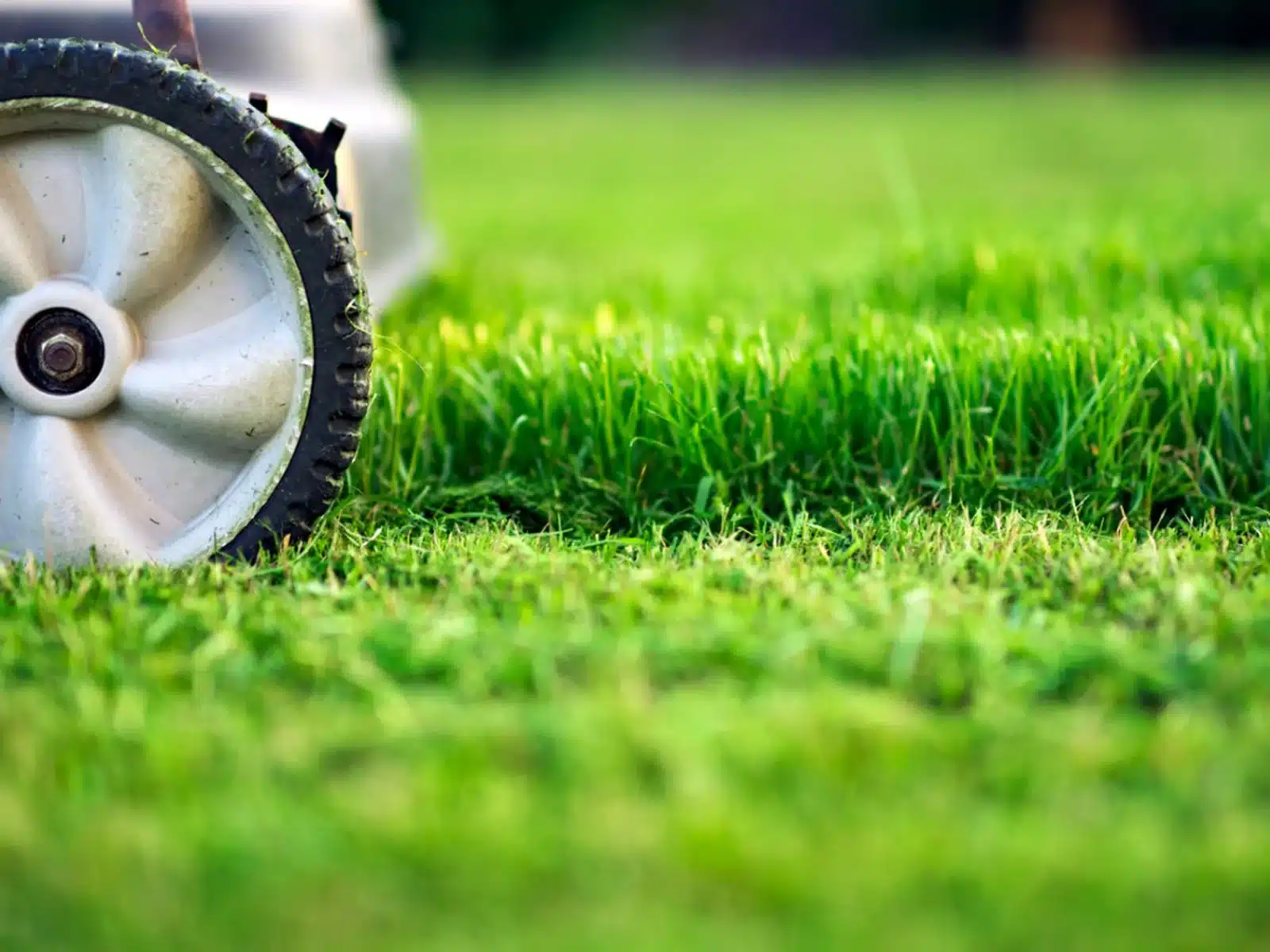

Landscaping Ideas
When To Scalp Bermuda Grass
Modified: March 26, 2024
Learn the best timing and techniques for scalping Bermuda grass in your landscaping. Discover expert tips and advice for maintaining a healthy lawn.
(Many of the links in this article redirect to a specific reviewed product. Your purchase of these products through affiliate links helps to generate commission for Storables.com, at no extra cost. Learn more)
**
Introduction
**
Bermuda grass, known for its resilience and lush green appearance, is a popular choice for lawns, parks, and athletic fields. To maintain its health and aesthetic appeal, proper lawn care practices are essential. One such practice, known as scalping, plays a crucial role in promoting the overall well-being of Bermuda grass.
Scalping Bermuda grass involves mowing it at an extremely low height, typically in the late winter or early spring. This process helps remove excessive thatch and old growth, allowing the grass to rejuvenate and thrive as the growing season approaches. Understanding the optimal conditions and timing for scalping Bermuda grass is vital for achieving the best results and ensuring a vibrant, resilient lawn.
In this comprehensive guide, we will delve into the intricacies of Bermuda grass and explore the ideal conditions for scalping, the best time to execute this practice, and the proper techniques for achieving optimal outcomes. Additionally, we will uncover the numerous benefits of scalping Bermuda grass, along with important considerations to bear in mind. By the end of this article, you will have gained valuable insights into the art of scalping Bermuda grass, empowering you to elevate the health and beauty of your lawn.
Key Takeaways:
- Scalping Bermuda grass in late winter or early spring promotes new growth and removes excess thatch, leading to a lush and resilient lawn for outdoor enjoyment.
- Proper scalping techniques, timing, and post-care are essential for rejuvenating Bermuda grass, enhancing its visual appeal, and promoting overall lawn health.
Read more: How Short To Scalp Bermuda Grass
Understanding Bermuda Grass
Before delving into the specifics of scalping Bermuda grass, it is essential to grasp the nature and characteristics of this resilient turfgrass. Bermuda grass, scientifically known as Cynodon dactylon, is a warm-season grass that thrives in regions with hot summers and mild winters. Its fine texture, vibrant green hue, and exceptional tolerance to foot traffic make it a popular choice for lawns, golf courses, and sports fields.
Bermuda grass is renowned for its rapid growth and remarkable ability to recover from stress, making it well-suited for high-traffic areas. This grass variety spreads through both rhizomes and stolons, forming a dense and durable turf that can withstand heavy use. Additionally, Bermuda grass exhibits excellent drought tolerance, enabling it to endure prolonged periods of heat and limited water availability.
When it comes to maintenance, Bermuda grass requires regular mowing, fertilization, and aeration to thrive. Its vigorous growth habit often leads to the accumulation of thatch, a layer of dead grass and organic matter that can impede nutrient absorption and water penetration. This is where scalping comes into play as an effective method for rejuvenating Bermuda grass and promoting a healthier, more vibrant lawn.
Understanding the growth patterns, resilience, and unique characteristics of Bermuda grass is crucial for implementing proper lawn care practices. By gaining insight into the intricacies of this versatile turfgrass, homeowners and landscapers can make informed decisions regarding maintenance routines, ultimately nurturing a lush and resilient lawn that enhances the beauty of outdoor spaces.
Ideal Conditions for Scalping Bermuda Grass
Scalping Bermuda grass is a strategic practice that requires careful consideration of environmental factors and the grass’s growth stage. Implementing this technique under the right conditions is pivotal for promoting the health and vigor of the turf. Here are the ideal conditions to keep in mind when preparing to scalp Bermuda grass:
1. Growth Stage:
It is optimal to scalp Bermuda grass when it is in the early stages of active growth, typically during the late winter or early spring. At this time, the grass is emerging from dormancy and initiating new growth, making it more resilient and responsive to the scalping process.
2. Soil Moisture:
Prior to scalping, the soil should be moderately moist but not overly saturated. Scalping dry soil can stress the grass, while scalping excessively wet soil may result in an uneven cut and potential damage to the turf. Therefore, it is advisable to scalp Bermuda grass when the soil moisture is at an ideal level for effective mowing.
3. Weather Conditions:
Choosing a day with mild, dry weather is crucial for successful scalping. Avoid scalping Bermuda grass during periods of extreme heat or drought, as the grass may already be under stress from environmental factors. Opt for a day with moderate temperatures and minimal wind to facilitate a smooth and controlled scalping process.
4. Equipment Preparation:
Prior to scalping, ensure that the lawnmower blades are sharp and properly adjusted to achieve the desired cutting height. Dull blades can tear the grass, leading to an uneven and potentially damaging cut. Additionally, it is advisable to clear the lawn of any debris or obstacles that could impede the scalping process.
5. Post-Scalping Care:
Following the scalping process, it is essential to provide adequate irrigation and nutrients to support the grass’s recovery and new growth. Applying a balanced fertilizer and ensuring proper watering will aid in the rejuvenation of Bermuda grass, helping it bounce back with renewed vitality.
By adhering to these ideal conditions, homeowners and landscapers can optimize the scalping process, setting the stage for a lush, vibrant lawn as the growing season unfolds. Understanding the nuanced requirements for scalping Bermuda grass empowers individuals to make informed decisions and execute this practice with precision and care.
Best Time to Scalp Bermuda Grass
Timing is paramount when it comes to scalping Bermuda grass, as selecting the right moment ensures the grass’s ability to rebound and flourish in the upcoming growing season. The best time to scalp Bermuda grass is during the transition from winter to spring, typically in late winter or early spring, when the grass is reawakening from its dormant state.
Scalping Bermuda grass at this juncture serves several essential purposes:
Promoting New Growth: Scalping during the early stages of active growth stimulates the emergence of fresh, vibrant shoots, invigorating the lawn and enhancing its visual appeal. Removing excessive thatch and old growth allows the new blades to thrive, resulting in a rejuvenated and resilient turf.
Thatch Management: As Bermuda grass tends to accumulate thatch, particularly after the dormant winter period, scalping provides an opportunity to address this buildup. By mowing the grass at a very low height, excess thatch is effectively removed, preventing it from impeding nutrient absorption and hindering the grass’s vitality.
Preparation for Fertilization and Aeration: Scalping sets the stage for subsequent lawn care activities, such as fertilization and aeration. By clearing away the accumulated thatch and old growth, the soil becomes more accessible for the application of fertilizers, ensuring optimal nutrient uptake by the rejuvenated grass. Additionally, scalping facilitates the aeration process, allowing for improved air and water penetration into the soil.
It is important to consider local climate patterns and the specific characteristics of the Bermuda grass variety when determining the best time for scalping. In regions with mild winters and early spring warmth, the grass may enter the active growth phase earlier, prompting an earlier scalping timeline. Conversely, in areas with cooler climates, it is advisable to wait until the grass exhibits clear signs of regrowth before initiating the scalping process.
By aligning the scalping with the natural growth cycle of Bermuda grass, homeowners and landscapers can harness the grass’s inherent resilience and growth potential, fostering a vibrant and robust lawn. Embracing the best time to scalp Bermuda grass empowers individuals to nurture their outdoor spaces with care and precision, laying the groundwork for a thriving and visually stunning landscape.
Tip: Scalp Bermuda grass in late spring or early summer to remove thatch and promote new growth. Set your mower to the lowest setting and gradually reduce the height over a few mowings.
How to Scalp Bermuda Grass
Executing the scalping process with precision and care is essential for promoting the health and vitality of Bermuda grass. Here’s a step-by-step guide on how to scalp Bermuda grass effectively:
1. Adjust Mower Height: Set the lawnmower blades at the lowest cutting height recommended for Bermuda grass, typically around 0.5 to 1 inch. This close cut will remove excessive thatch and old growth, allowing the grass to rejuvenate and thrive as the growing season approaches.
2. Clear the Lawn: Prior to scalping, remove any debris, fallen leaves, or obstacles from the lawn surface. Clearing the area ensures a smooth and uninterrupted mowing process, preventing potential damage to the lawnmower and the grass.
3. Mow the Grass: Begin mowing the Bermuda grass in a systematic and methodical manner, ensuring even coverage of the entire lawn. It is advisable to mow in overlapping rows to achieve a consistent and thorough cut, effectively removing accumulated thatch and old grass blades.
4. Collect Clippings: As the grass is mowed at a very low height, it is crucial to collect the clippings to prevent them from smothering the turf. Use a grass catcher or rake to gather the clippings, promoting air circulation and preventing the accumulation of debris on the lawn surface.
5. Irrigation and Fertilization: Following the scalping process, irrigate the lawn to provide essential moisture for the rejuvenation of the grass. Additionally, consider applying a balanced fertilizer to support the new growth and replenish the lawn’s nutrient reserves, fostering a healthy and vibrant turf.
6. Monitor Recovery: After scalping Bermuda grass, monitor the lawn’s recovery and regrowth. Keep an eye on the emergence of fresh shoots and the overall response of the grass to the scalping process. Providing ongoing care, including regular watering and maintenance, will aid in the grass’s rejuvenation and establishment of a lush, resilient turf.
By following these steps, homeowners and landscapers can effectively scalp Bermuda grass, setting the stage for a revitalized and visually appealing lawn. Implementing proper scalping techniques ensures that the grass can bounce back with renewed vigor, thriving throughout the growing season and enhancing the outdoor landscape with its lush greenery.
Read more: When To Plant Bermuda Grass
Benefits of Scalping Bermuda Grass
Scalping Bermuda grass yields a myriad of benefits, contributing to the overall health, aesthetics, and resilience of the turf. Understanding these advantages underscores the significance of this practice in maintaining a vibrant and lush lawn. Here are the key benefits of scalping Bermuda grass:
Promotes New Growth: Scalping stimulates the emergence of fresh, vibrant shoots, fostering new growth and rejuvenating the lawn. By removing excessive thatch and old growth, the grass can channel its energy into producing lush, healthy blades, enhancing the overall visual appeal of the turf.
Thatch Management: Accumulated thatch can impede the flow of air, water, and nutrients to the soil and grassroots. Scalping effectively addresses this issue by clearing away the excess thatch, promoting improved soil aeration and nutrient absorption, and preventing potential pest and disease issues associated with thatch buildup.
Enhances Density and Resilience: Through scalping, Bermuda grass can develop a denser and more resilient turf. The removal of old growth encourages the grass to spread and fill in bare patches, resulting in a lush and uniform lawn that can better withstand foot traffic and environmental stressors.
Prepares for Fertilization and Aeration: Scalping sets the stage for subsequent lawn care activities, such as fertilization and aeration. By clearing away accumulated thatch and old growth, the soil becomes more receptive to fertilizers, facilitating optimal nutrient uptake by the rejuvenated grass. Additionally, scalping enhances the effectiveness of aeration, promoting improved soil structure and root development.
Enhances Visual Appeal: A well-executed scalp rejuvenates the lawn, enhancing its visual appeal with a fresh, vibrant appearance. The rejuvenated grass, free from excessive thatch and old growth, creates a lush and uniform carpet of green, elevating the aesthetic charm of outdoor spaces.
Promotes Overall Lawn Health: By rejuvenating the grass and addressing thatch accumulation, scalping contributes to the overall health and longevity of the lawn. The enhanced vigor and resilience of the turf enable it to better withstand environmental stressors and thrive throughout the growing season.
Embracing the benefits of scalping Bermuda grass empowers homeowners and landscapers to foster a thriving and visually stunning lawn. By harnessing the rejuvenating power of scalping, individuals can elevate the health and beauty of their outdoor landscapes, creating inviting and verdant spaces that enrich the outdoor experience.
Risks and Considerations
While scalping Bermuda grass offers numerous benefits, it is important to be mindful of potential risks and considerations associated with this practice. Understanding these factors empowers homeowners and landscapers to approach scalping with care and precision, mitigating potential challenges and optimizing the outcome. Here are the key risks and considerations to bear in mind:
Potential Stress to the Grass: Scalping can temporarily stress the grass, particularly if executed improperly or under unfavorable conditions. This stress may impede the grass’s initial recovery, necessitating vigilant post-scalping care to support the turf’s rejuvenation and regrowth.
Increased Vulnerability to Environmental Stressors: Following scalping, the grass may be more susceptible to environmental stressors such as extreme heat, drought, or pest infestations. Providing adequate irrigation and monitoring the lawn’s response to scalping can help mitigate these vulnerabilities and support the grass’s recovery.
Timing and Weather Sensitivity: Selecting the appropriate timing for scalping is crucial, as executing this practice during the wrong growth stage or under adverse weather conditions can hinder the grass’s ability to rebound effectively. It is essential to align the scalping process with the grass’s natural growth cycle and favorable weather patterns.
Thatch Removal Challenges: In cases where the thatch layer is excessively thick, scalping alone may not effectively address this issue. Additional measures, such as core aeration or dethatching, may be necessary to manage substantial thatch accumulation and promote optimal lawn health.
Proper Equipment and Technique: Utilizing sharp mower blades and employing the correct mowing technique are essential for achieving a clean and even scalp. Inadequate equipment maintenance or improper mowing practices can result in uneven cuts, potential turf damage, and hindered grass recovery.
Post-Scalping Care: Following the scalping process, diligent post-care measures, including proper irrigation, fertilization, and monitoring, are vital for supporting the grass’s recovery and ensuring the success of the rejuvenation process. Neglecting post-scalping care can impede the grass’s ability to rebound and thrive.
By acknowledging these risks and considerations, individuals can approach the scalping of Bermuda grass with informed decision-making and attentive care. Mitigating potential challenges and embracing best practices for scalping enables homeowners and landscapers to nurture a resilient, vibrant, and visually captivating lawn that enhances the outdoor environment with its lush greenery.
Conclusion
Scalping Bermuda grass is a nuanced and strategic practice that holds the key to rejuvenating and enhancing the health and beauty of lawns. By delving into the ideal conditions for scalping, the best timing, and the proper techniques, homeowners and landscapers can harness the rejuvenating power of this process, fostering a lush and resilient turf that enriches outdoor spaces.
Understanding Bermuda grass’s growth patterns, resilience, and unique characteristics is paramount for implementing proper lawn care practices, including scalping. The ideal conditions for scalping, ranging from the grass’s growth stage to weather considerations, serve as guiding principles for executing this practice with precision and care.
Embracing the best time to scalp Bermuda grass, typically during the transition from winter to spring, aligns the process with the grass’s natural growth cycle, empowering the turf to rebound and flourish as the growing season unfolds. By selecting the opportune moment for scalping, individuals can tap into the grass’s inherent resilience and growth potential, nurturing a vibrant and robust lawn.
Executing the scalping process with precision and care, from adjusting mower height to post-scalping care, ensures the effective rejuvenation of Bermuda grass. By adhering to proper scalping techniques, individuals pave the way for a revitalized and visually appealing lawn, enhancing the outdoor landscape with its lush greenery.
The benefits of scalping Bermuda grass, spanning from promoting new growth to enhancing overall lawn health, underscore the transformative impact of this practice. While being mindful of potential risks and considerations associated with scalping, individuals can approach this process with informed decision-making and attentive care, mitigating challenges and optimizing the outcome.
In conclusion, the art of scalping Bermuda grass represents a harmonious blend of science and care, where the rejuvenation of the turf intertwines with the nurturing touch of homeowners and landscapers. By embracing the intricacies of scalping and leveraging its rejuvenating power, individuals can cultivate a vibrant, resilient, and visually stunning lawn that enriches outdoor living spaces with its lush green expanse.
Frequently Asked Questions about When To Scalp Bermuda Grass
Was this page helpful?
At Storables.com, we guarantee accurate and reliable information. Our content, validated by Expert Board Contributors, is crafted following stringent Editorial Policies. We're committed to providing you with well-researched, expert-backed insights for all your informational needs.
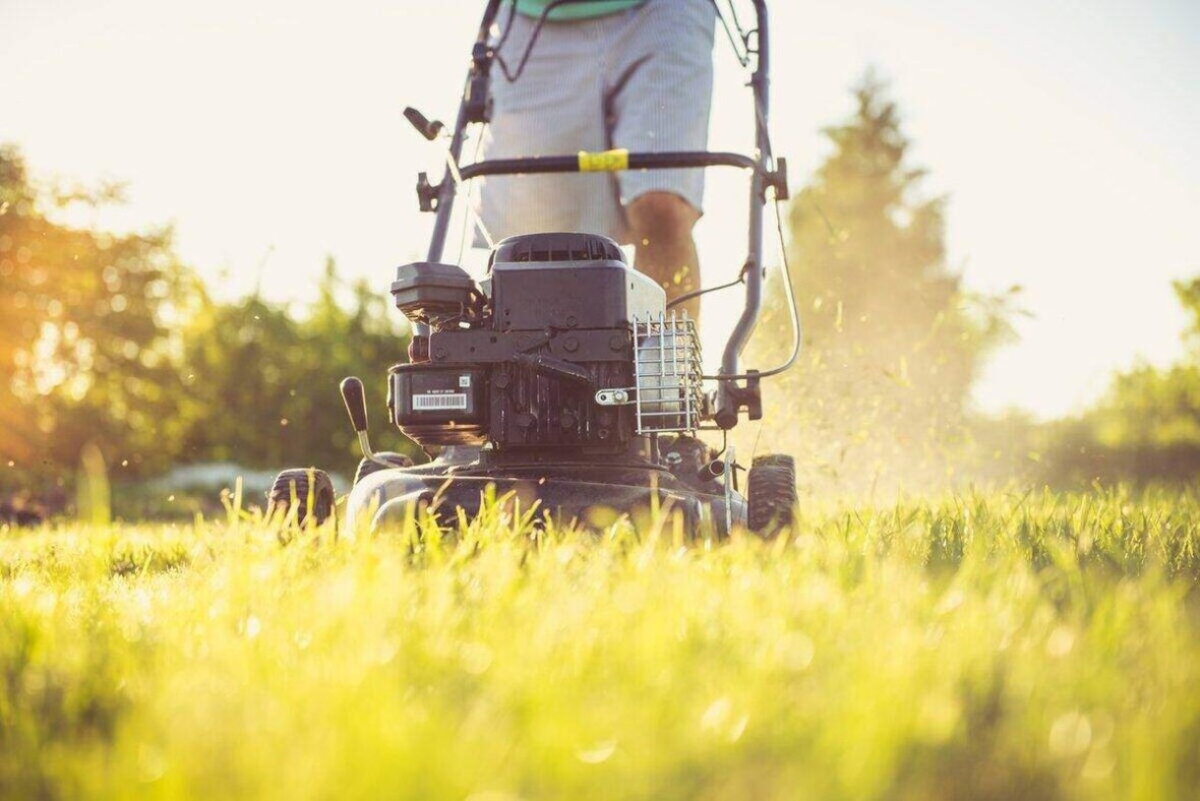
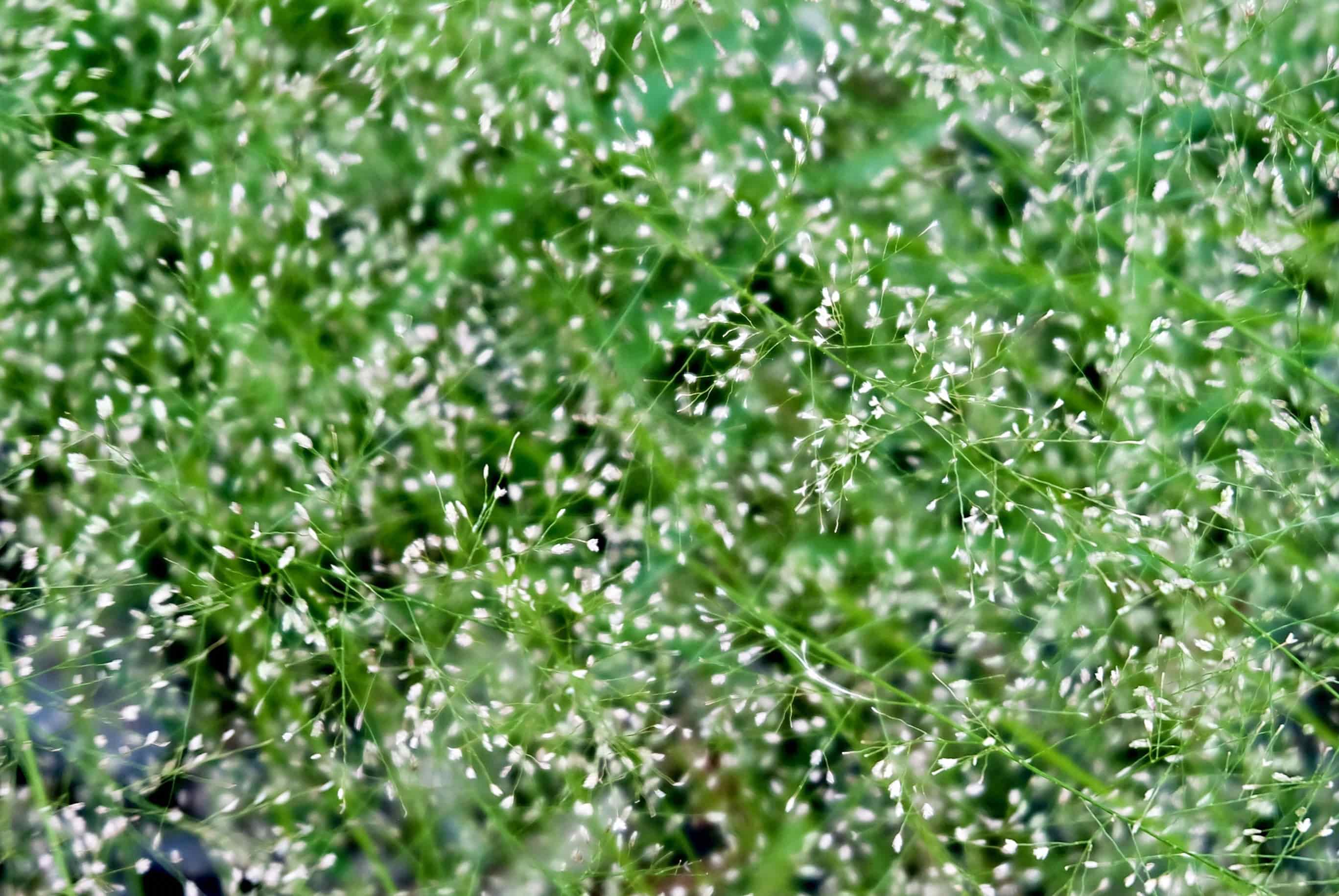
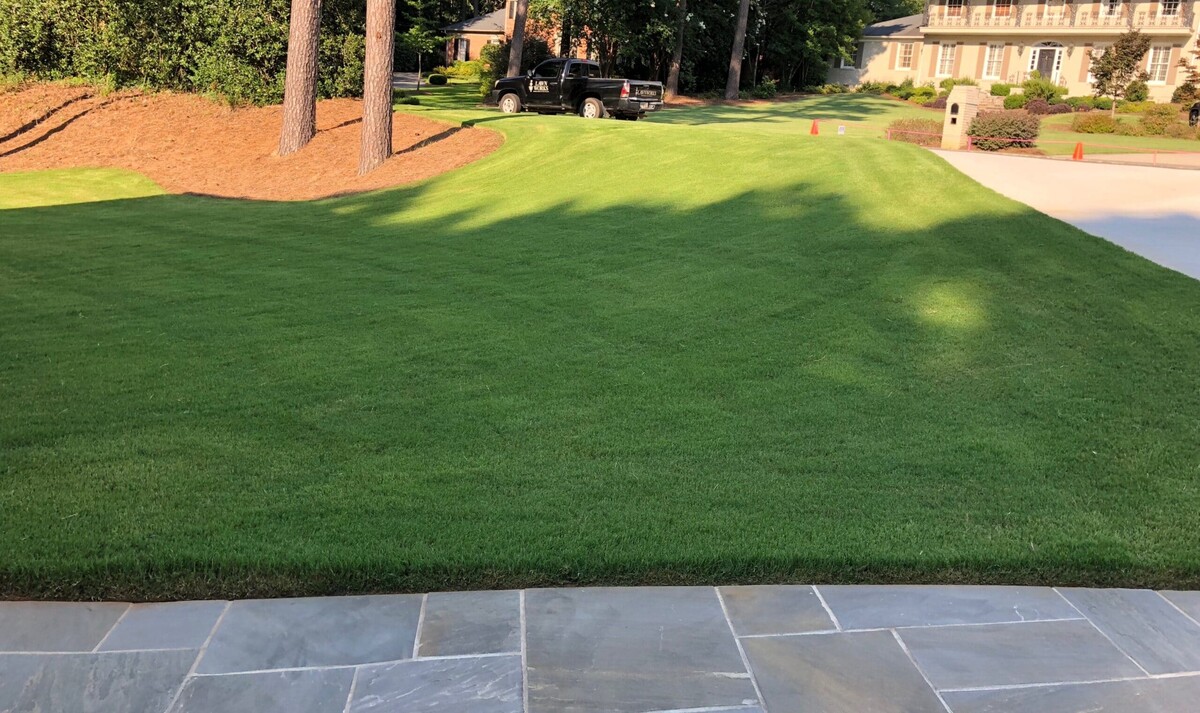
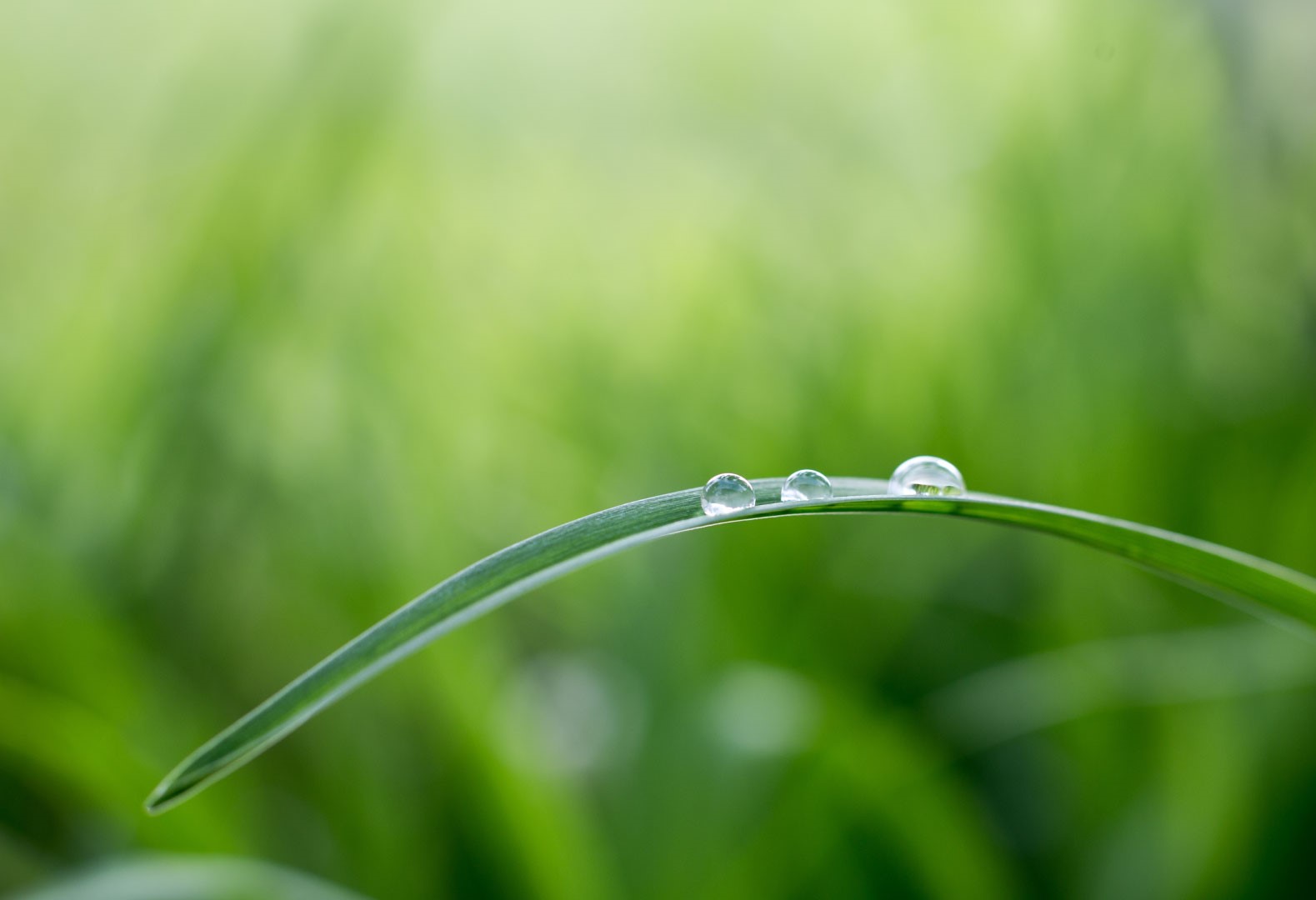
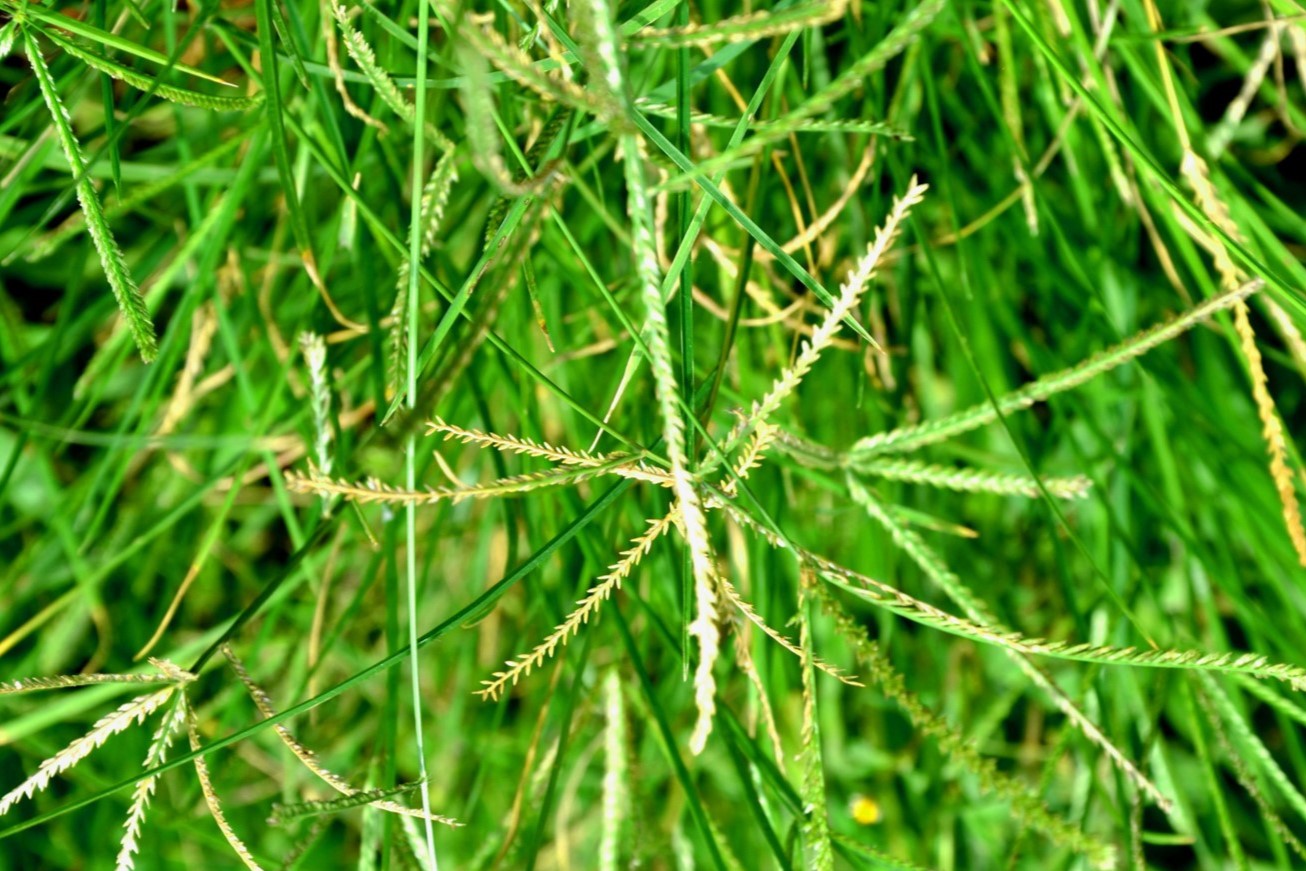
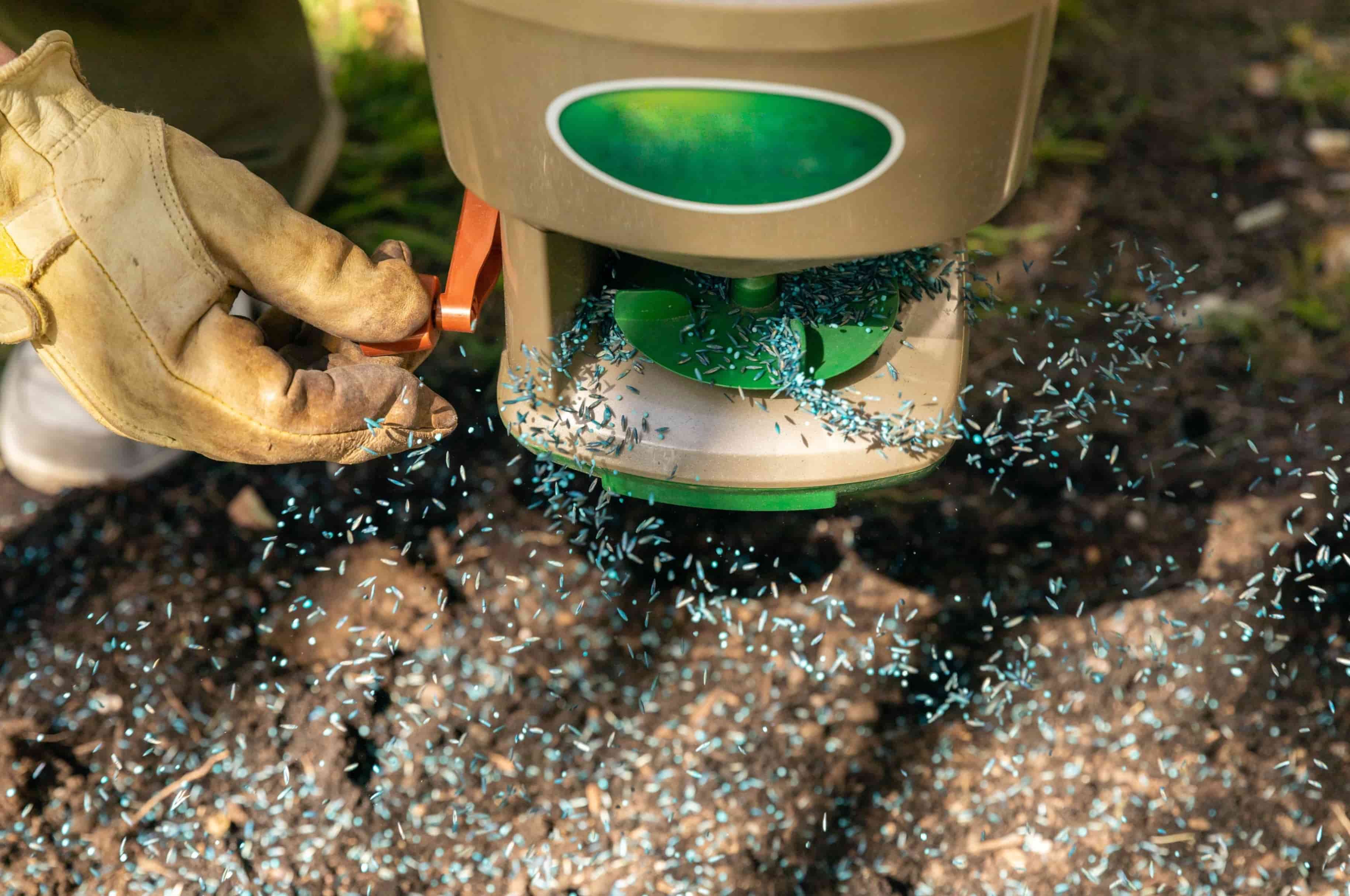
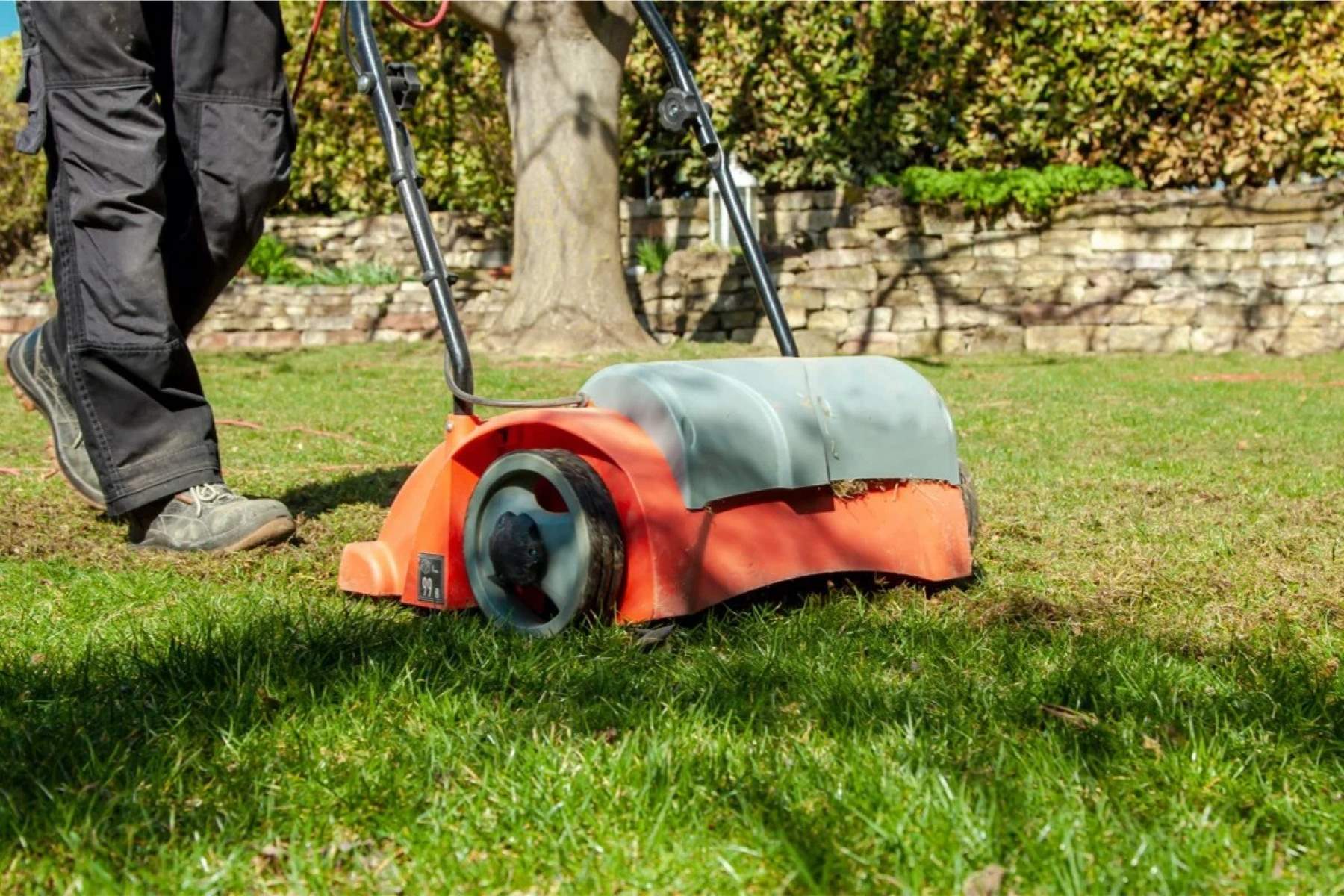
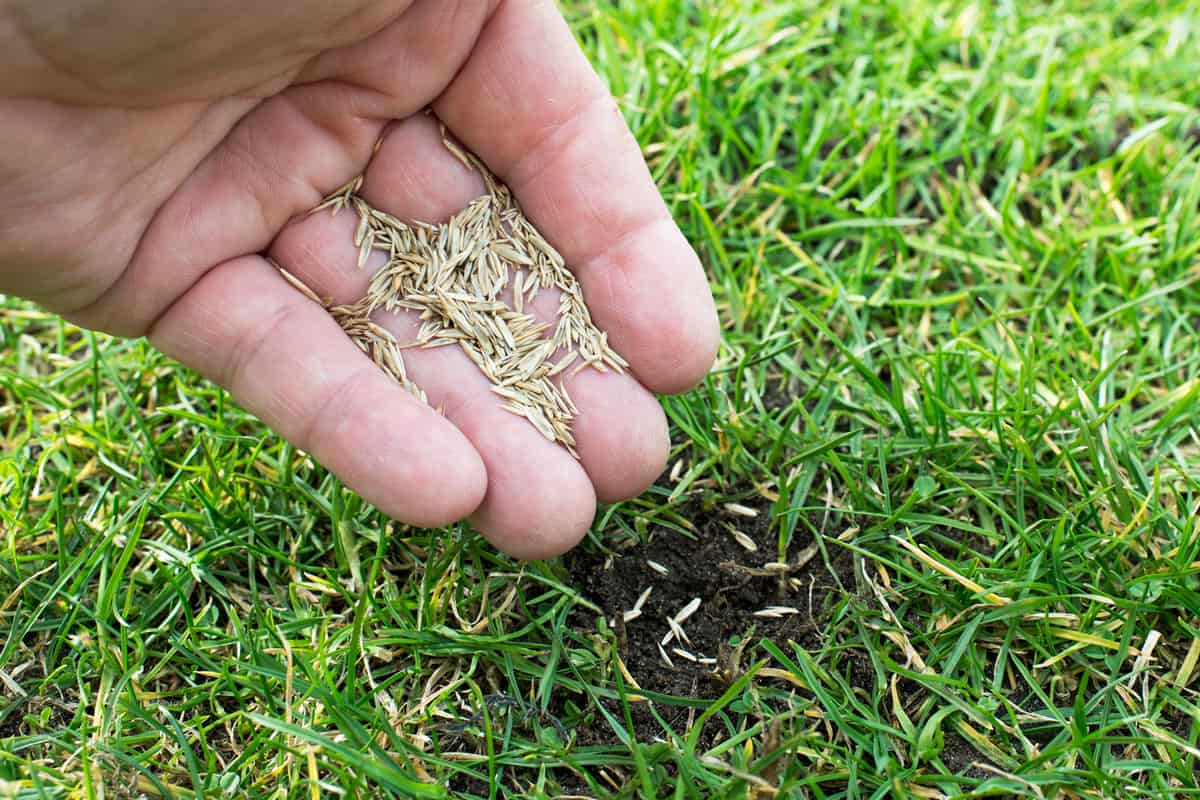
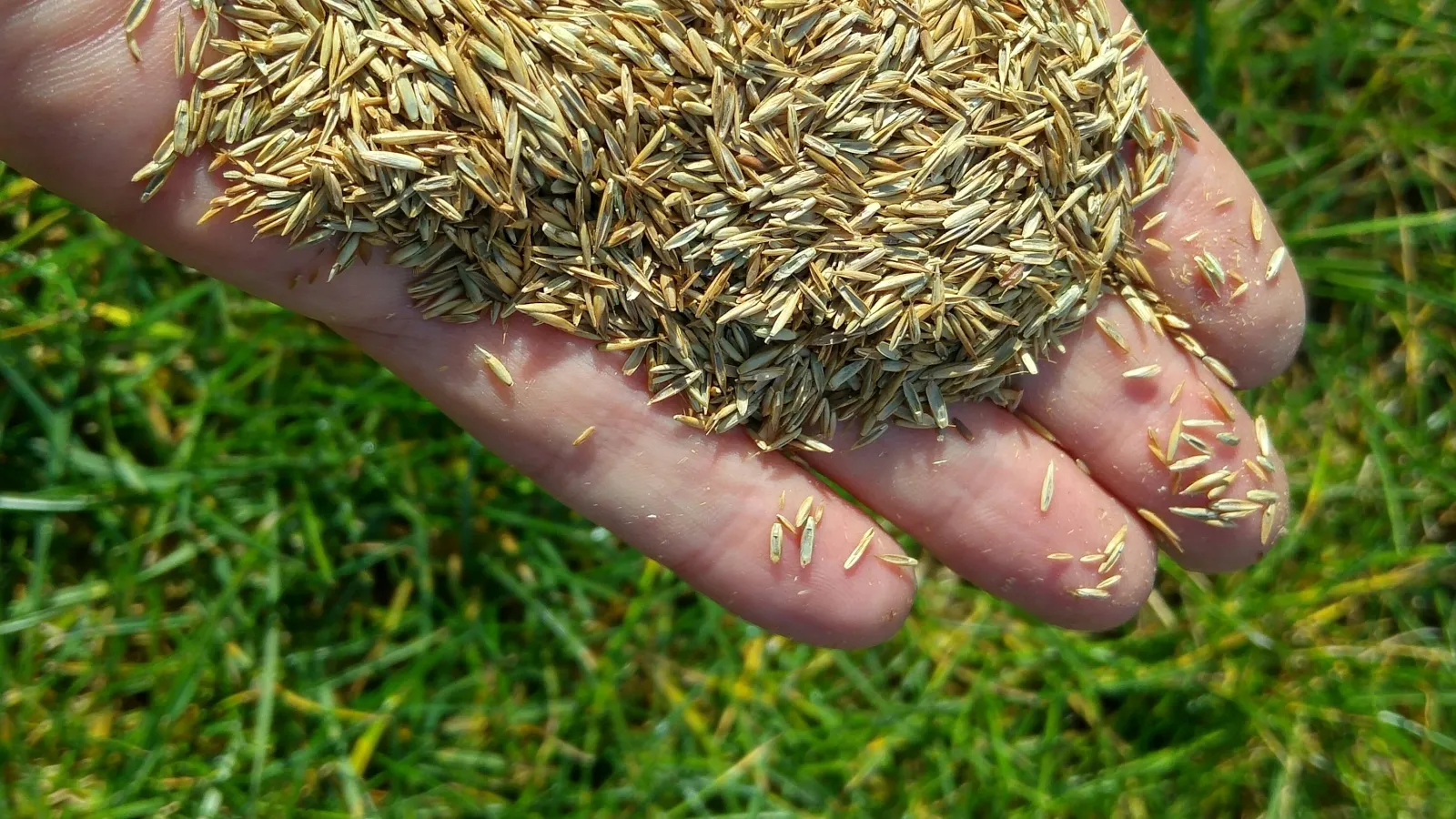
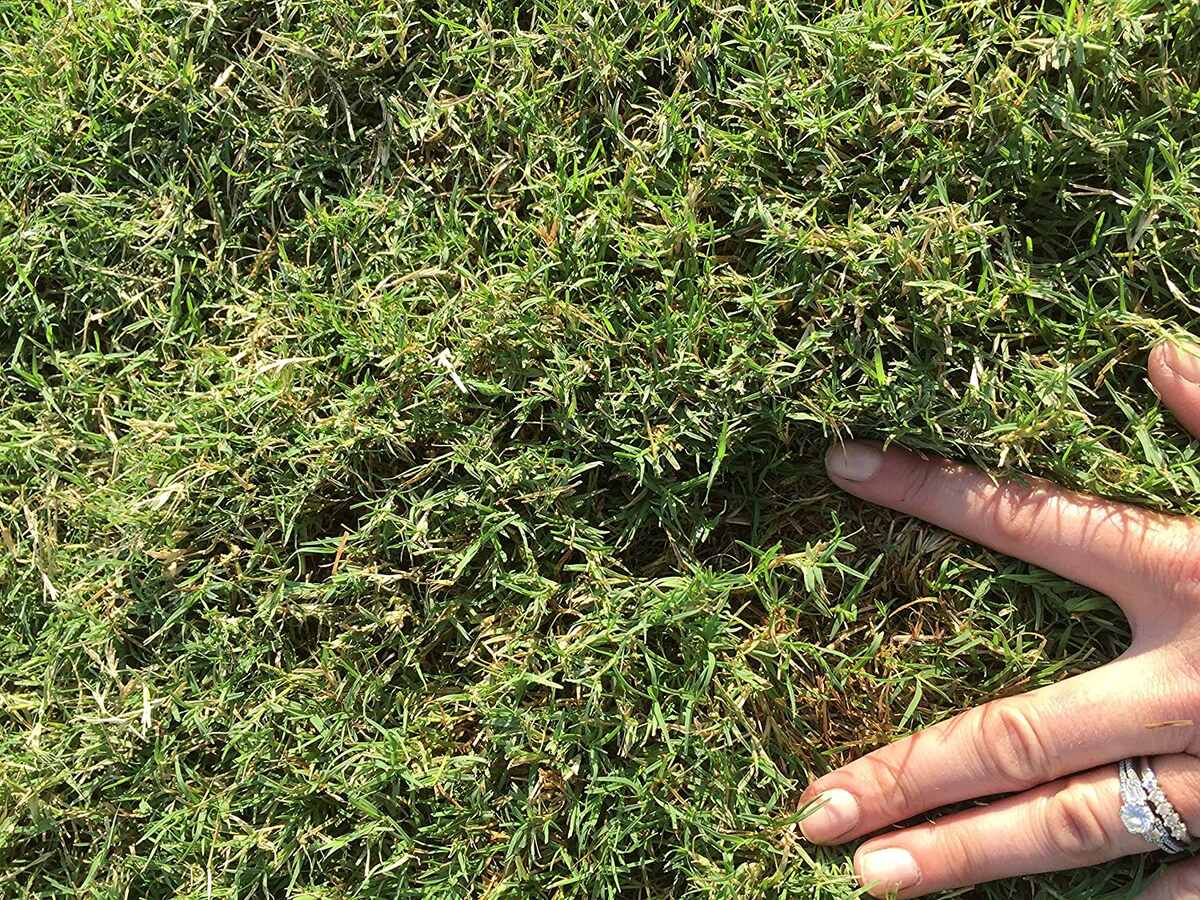
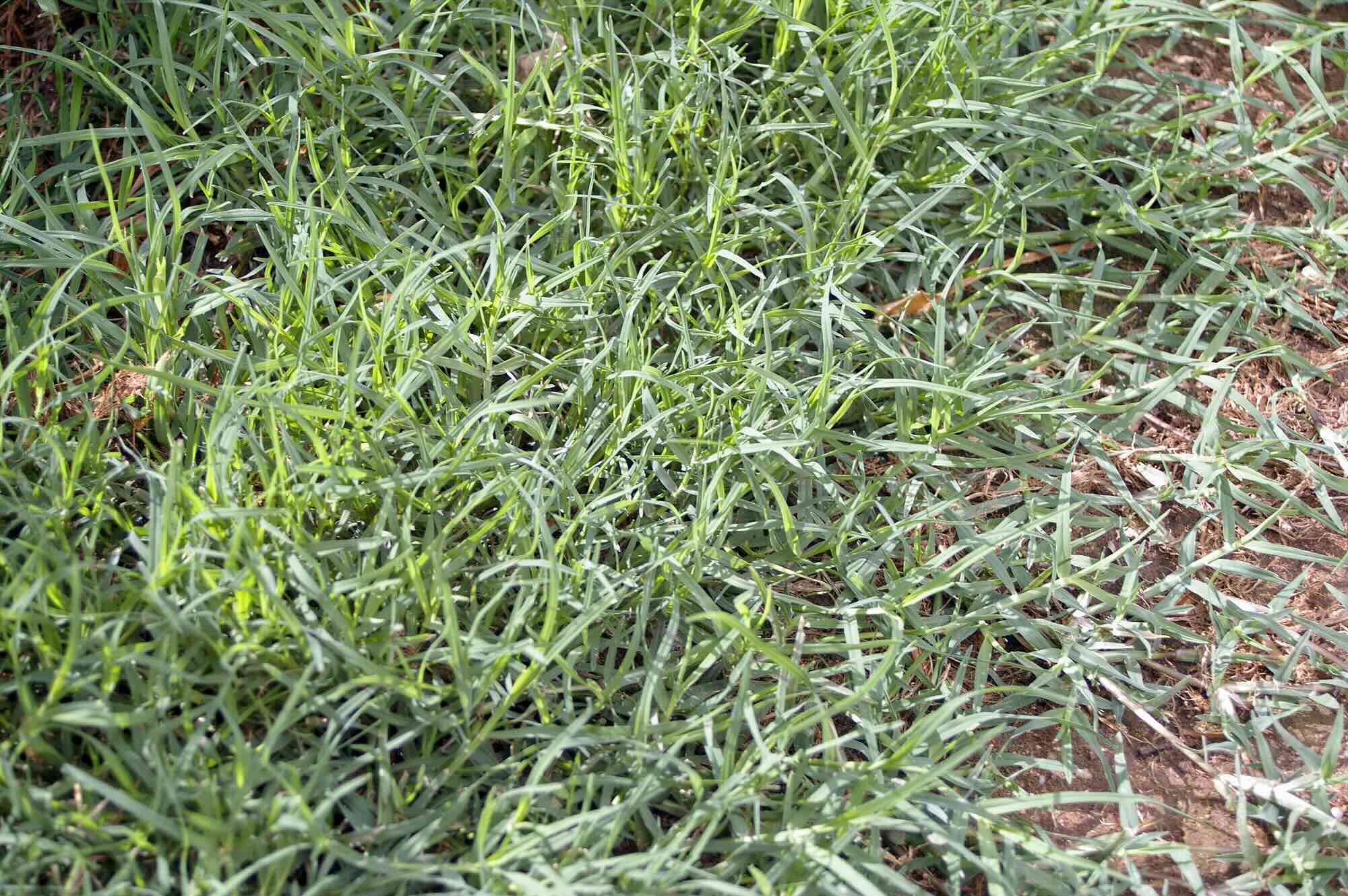
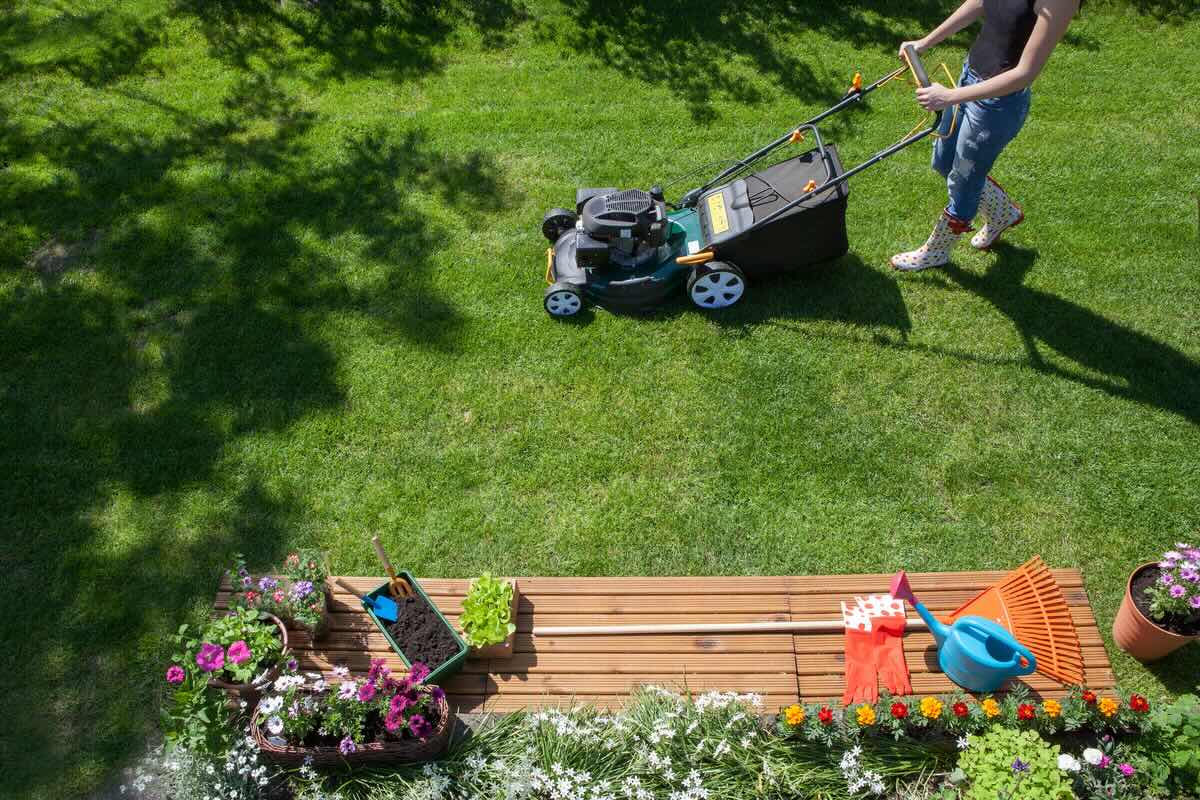
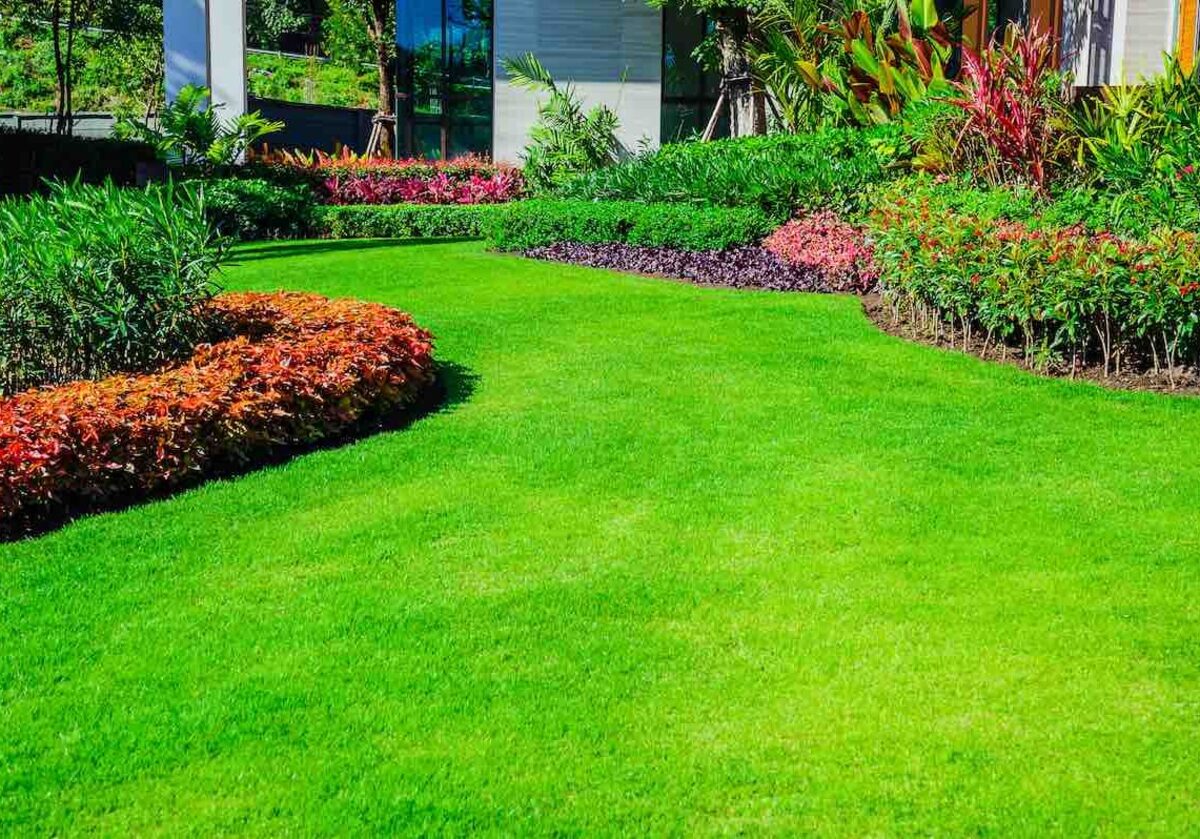
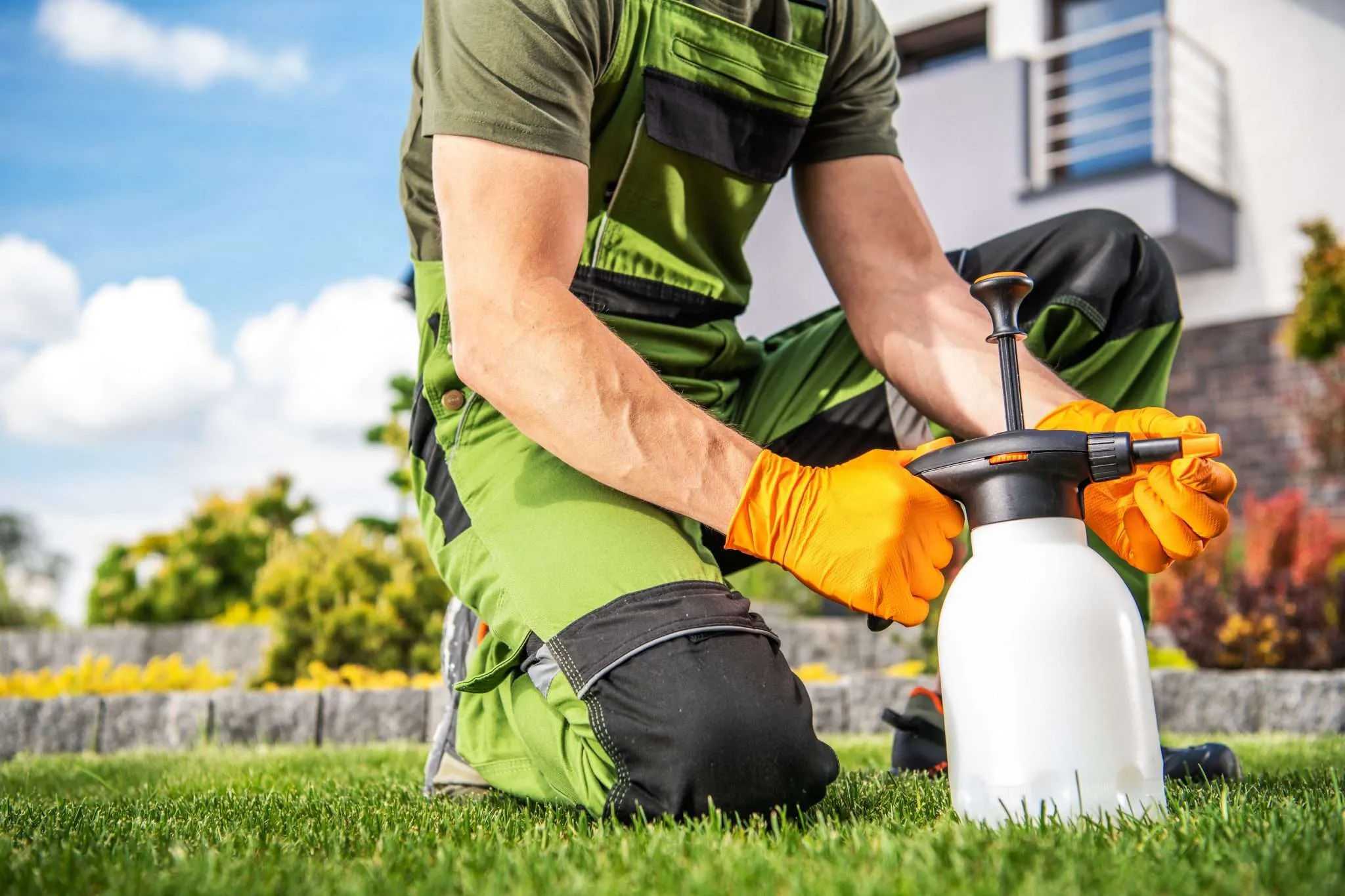

0 thoughts on “When To Scalp Bermuda Grass”